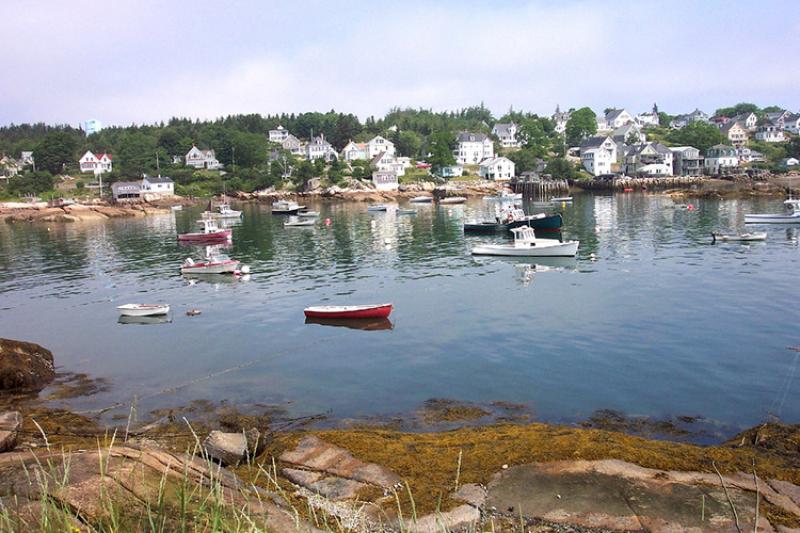The U.S. Northeast Shelf supports a number of economically important fisheries and a wide variety of other important marine and coastal species, from river herring to marine mammals and sea turtles. The region has experienced rising ocean temperatures over the past several decades, along with shifts in the distribution of many fish stocks. Other expected climate-related changes include sea-level rise, decreasing acidification, and changing circulation patterns. These changes could impact marine resources, their habitats, their distribution and abundance, and the people, businesses, and communities that depend on them. Understanding the impacts of climate change is necessary to reduce these effects on marine life. This story map explores the changing ranges of three important species and the steps we are taking to reduce the impacts of changing climate and ocean conditions on marine life and increase the resilience of these resources and the people, businesses, and communities that depend on them.
The Northeast Shelf: A Changing Ecosystem
May 14, 2021
This story map explores the changing ranges of three important species and the steps we are taking to understand more about our changing climate.
 The harbor at Stonington Maine on the south end of Deer Isle. Stonington, Deer Isle, Maine.
The harbor at Stonington Maine on the south end of Deer Isle. Stonington, Deer Isle, Maine.


